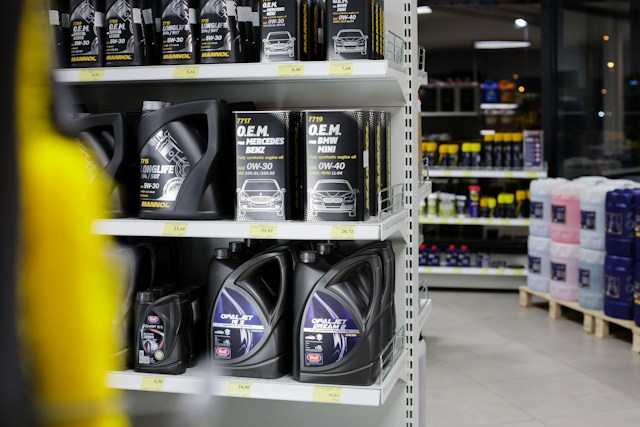When manufacturing plants receive raw materials, strict quality control processes are in place to ensure that these materials meet high standards. The same applies to industrial lubricants. During the lubricant supplier selection process, key stakeholders must understand and evaluate the important selection criteria. These factors should include application expertise, diverse chemistry, supply reliability, and risk reduction.
Performance
Behind every bottle of lubricant, there’s an incredible amount of engineering. Manufacturers and blenders select specific base oils and blend in additives that give the blended lubricant its desired performance characteristics. The final product might undergo rigorous testing to satisfy industry requirements and function properly in applications. If a lubricant fails a viscosity test, the manufacturer must take steps to respond quickly. Ideally, a replacement can be sent to the customer within a reasonable timeframe to help them keep their equipment operating without interruptions.
Lubricant viscosity analysis can eliminate manual interventions in the blending plant and reduce shipping labor and costs for offsite laboratory samples. It can also speed up the response time from sampling to receiving results. It allows manufacturers to make faster, more accurate lubricant decisions and improve operational efficiency. It also demonstrates that the lubricant supplier VA is dedicated to delivering quality products and maintaining compliance with regulations.
Cleanliness
A key characteristic of cleanliness is being free from dirt or contamination. It is often associated with hygiene, as in the adage “cleanliness is next to godliness.” For this reason, it is important that new lubricants meet ISO standards of cleanliness and dryness and that samples from bulk and tote deliveries and road tankers are tested upon arrival and at least annually. Keeping lubricants clean also requires careful storage and handling. It’s best to keep a separate room in the plant or maintenance facility for storing and dispensing lubricants. It should be self-contained and easily inspected, with fire-proof lights and a supply of single-use dispensers, well-made reusable transfer containers (with color coding to prevent cross-contamination), and clean rags for spills. It is also important to have a system for site inspections, record keeping and stock rotation. These efforts can help prevent contaminants from being introduced into critical equipment, leading to unscheduled downtime, longer equipment life, and lower lubricant costs.
Sustainability
Lubricants are highly functionalized products that meet a multitude of requirements simultaneously. In addition to a demanding set of technically oriented specifications, they must satisfy non-technical criteria such as eco-toxicological properties and sustainability. The lubricant industry is increasingly shifting to sustainable practices and technologies that reduce machinery frictional wear and energy loss while protecting natural resources and reducing carbon emissions. From sourcing base oils to using environmentally low-impact additives to refining and responsible disposal, these sustainable practices help lubricant manufacturers reduce their environmental impact.
In particular, transitioning from traditional lubricants to sustainable lubricants helps ensure cleaner air. Reprocessed lubricant byproducts can be used as feedstock for new formulations, lowering the lubricant’s ecological footprint.
Reliability
The likelihood that an object will function as intended over a predetermined period is known as reliability. Several methods are used to measure a test’s reliability, such as parallel forms, internal consistency, and test-retest reliability. Similar forms of reliability involve dividing a large set of questions or ratings into two separate sets and then measuring the correlation between them. Internal consistency is calculated by determining the correlation between each question or rating and its overall score.
By giving a test twice and analyzing the correlation between the results, test-retest reliability is determined. This method is a good way to assess reliability with few samples. Using lubricants produced in facilities following ISO 9001 standards can help ensure that a food processing company’s equipment and workers are safe from contamination. Food-grade lubricants are especially important for line changes and start-ups when the greatest risk of cross-contamination exists.

